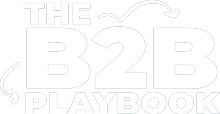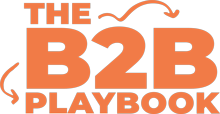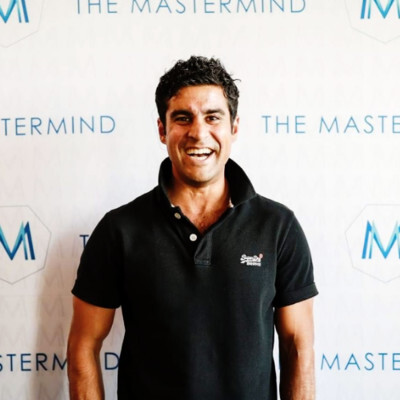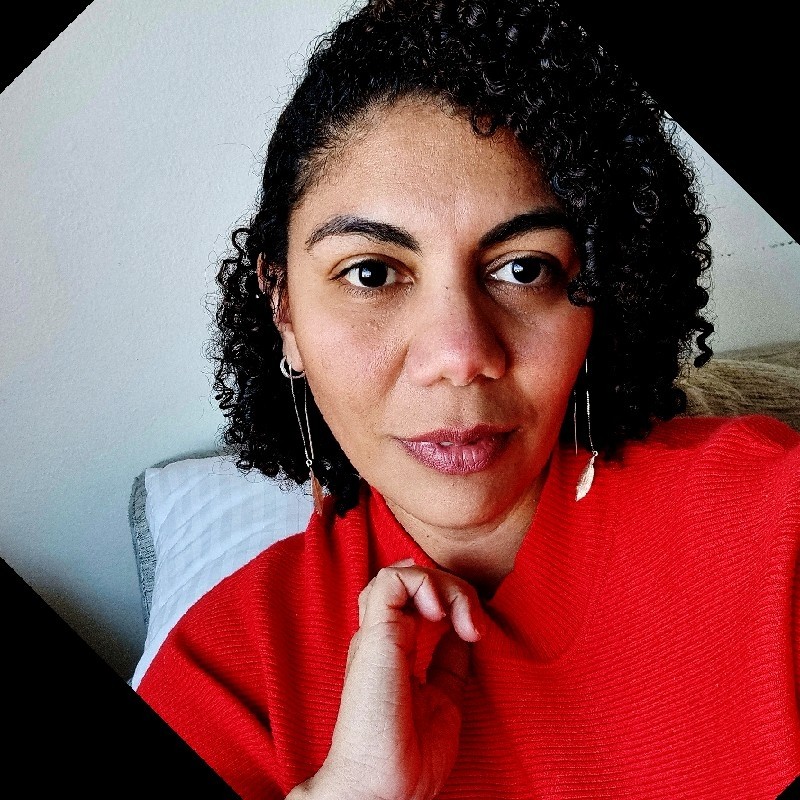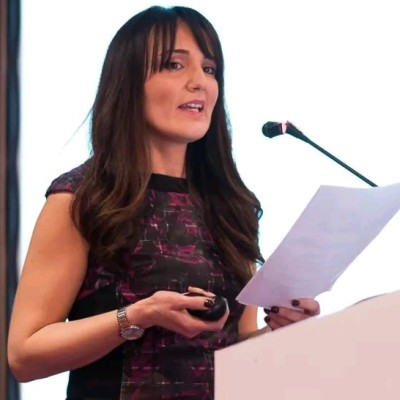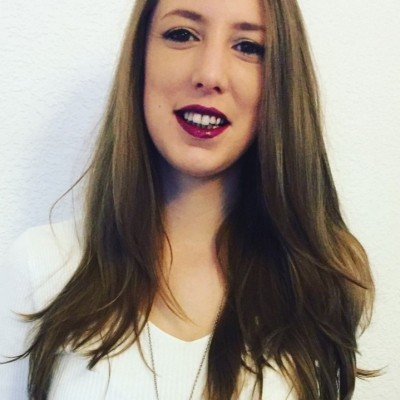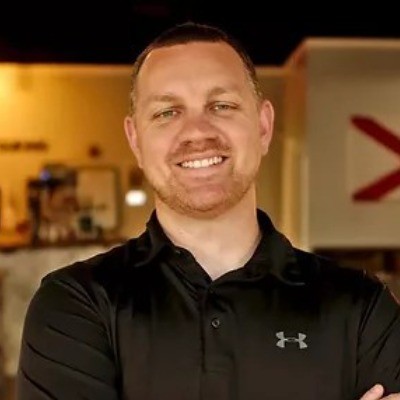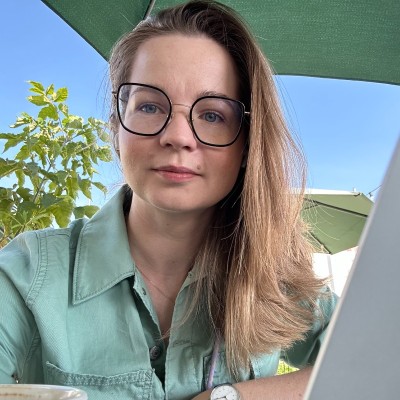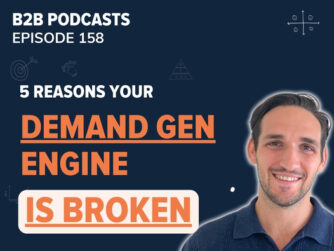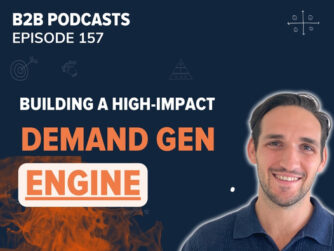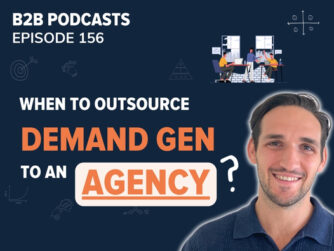As a b2b marketer, if you want to consistently drive revenue for your business over a long period of time, you need to both create and capture demand.
First, let’s get into definitions:
What Is Capturing Demand?
There’s people out there who already want a product like yours. They have a need for it. They’re looking for a solution. They’re at the end of their buying journey.
Marketers pour most of their resources into ‘capturing’ this demand – this pool of people who are ready to buy right now. Examples of these activities include:
- running paid advertising on Google Ads
- running paid advertising on review sites like G2
- running direct response ads on social platforms like LinkedIn and Facebook
This pool of people who are ready to buy right now – they account for about ~3% of the total market.
Kevin and I discuss why you need to both create and capture demand on The B2B Playbook Podcast
What Is Creating Demand?
‘Creating’ demand looks beyond the 3% of people who are ready to buy right now. Instead it’s about doing whatever you can to usher potential buyers (the other 97%) through their buying journey.
As you usher them through the buying journey, you build trust with them. Then when they’re ready to buy, they are far more likely to come to you than the competition because of the pre-existing relationship you’ve built.
In practice, creating demand means running marketing programs that are:
- based on a deep understanding of your dream customers
- educating them to make their lives better
- entertaining them
- being helpful with your marketing
- using your marketing to build relationships
This marketing actually creates demand for your product or service and builds affinity for it. (Affinity means people know and like it)
This is why so many Google Ads campaigns start well and results plateau or drop off over time
So we’re going beyond just capturing existing the existing pool of people who are ready to buy right now.
Let’s look at why more marketers need to invest resources into creating demand, not just capturing it.
Demand Creation and Demand Capture Scale Differently
Let’s take a look at this graph that compares how demand creation and demand capture scale over time:
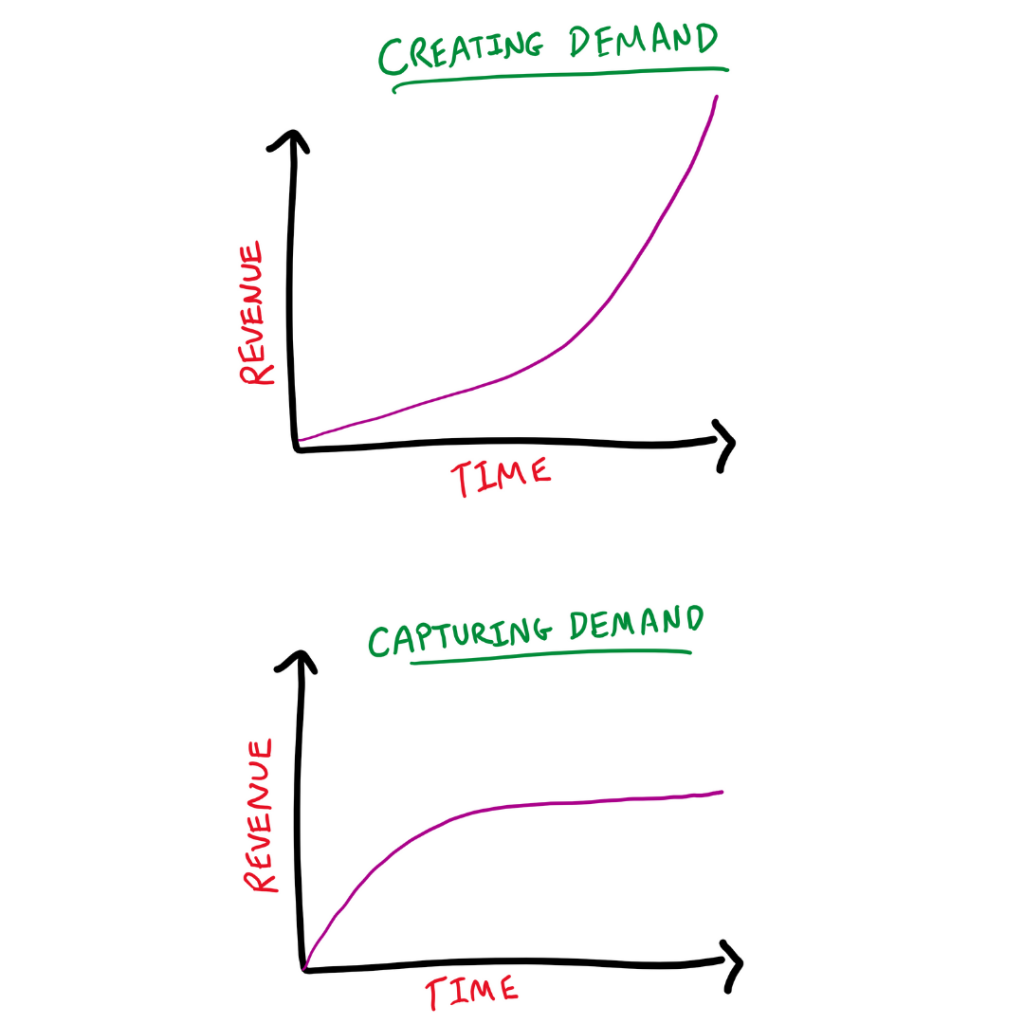
You can see that capturing demand sees a lot more ‘instant’ success than creating demand does. It generates more revenue for a business sooner. However, as time goes on, we start to exhaust that 3% of the market that is ready to buy ‘right now’.
We either start to run out of customers, or the competition becomes too fierce to play this battle in the lower funnel. It’s like jumping into a pool of sharks, except more and bigger sharks keep getting added, and the pool stays the same size.
It can be a total blood bath.
It will NOT scale unless:
- the category is growing but competition remains the same
- you’re actively also creating demand and affinity for your brand/product
This is why so many Google Ads campaigns start well and results plateau or drop off over time.
Creating Demand Scales And Compounds Over Time
Compare this to the top graph that shows revenue over time for those who create demand.
Initial growth is slower in the beginning as traction takes time. Traction being your marketing programs that educate, entertain, engage, and build affinity.
You can see that capturing demand sees a lot more ‘instant’ success than creating demand does. It generates more revenue for a business sooner. However, as time goes on, we start to exhaust that 3% of the market that is ready to buy ‘right now’.
But good demand creation programs scale because they’re something people actually want to consume and engage with.
Your ROI in demand creation activities will be far beyond any money you throw at an advertising platform.
Why We Focus More On Creating Demand
We focus most of our resources on creating demand, both for The B2B Playbook, The B2B Incubator, and our clients.
There’s quite a few reasons why. One of the biggest ones is that when you focus on creating demand, it builds relationships so people come to you, not the competition, when they’re ready to buy.
It also removes us from the ‘race to the bottom’ in demand capture channels, where every year there is more competition and the price to capture demand goes up. All for customers that typically make you fight a price and feature war, because they have 10 brands trying to make impressions on them all at once while they’re in ‘buy mode’.
There is a huge demand from all Dream Customers (ours and yours) to be educated and entertained. To be ushered on a buying journey, not shoved down one.
And there’s so few brands doing it, that the upside is enormous and the barrier to entry is reasonably low.
Creating Demand is the only path to sustainable growth.
How Can You Start Creating Demand?
Our 5 BEs Framework teaches b2b marketers exactly how to create demand.
We share our Framework step-by-step every week on The B2B Playbook.
There’s 3 ways you can learn and implement it in your own business:
- Listen to The B2B Playbook Podcast
- Subscribe to our Newsletter
- Apply for The B2B Incubator
(P.S. The B2B Incubator gives you strategy, templates and tools you need to implement this in your business over 12 weeks. Click here to find out more or apply now).
